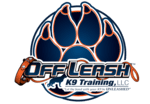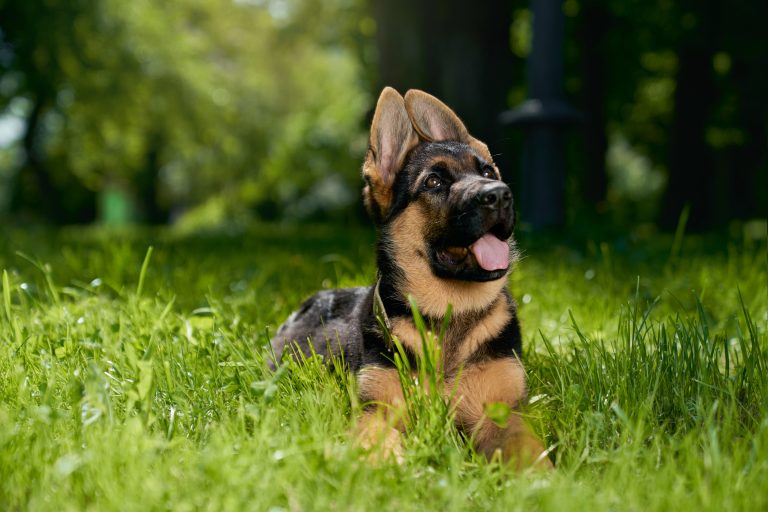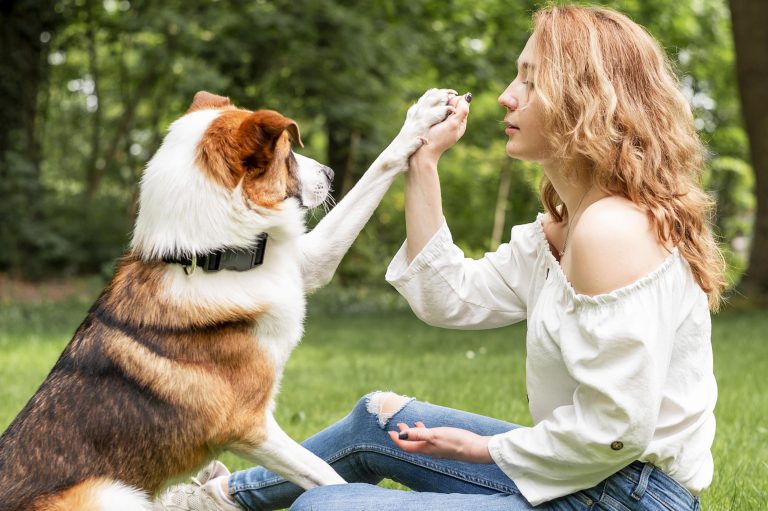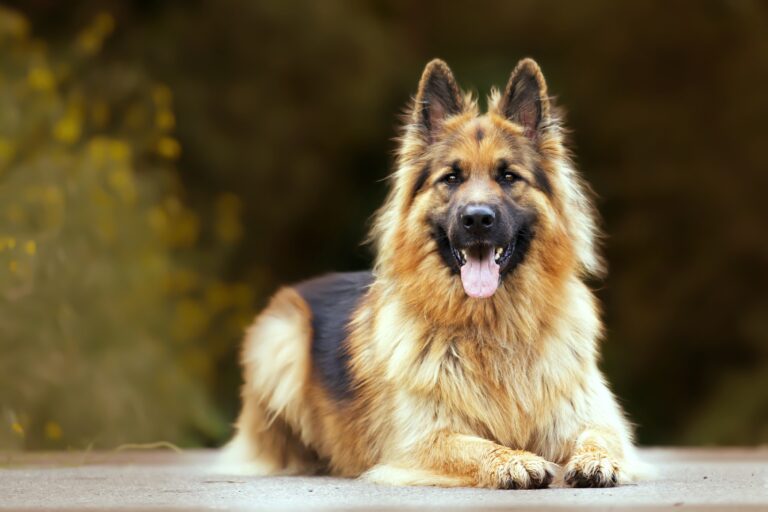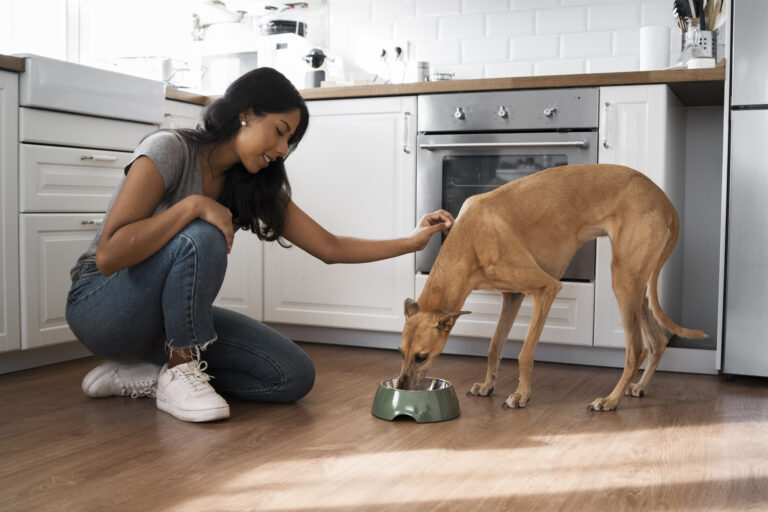Is Your Dog Overweight? Training Tips to Encourage Active Play
Dog overweight training tips are essential if your pup has packed on a few extra pounds. Carrying too much weight can lead to joint issues, heart problems, and low energy levels—but the good news is, you can help your dog slim down safely. By using playful training methods that get them moving and engaged, you’ll support both their physical and mental health. This guide offers fun, practical ways to make activity part of your dog’s everyday routine.
Implementing structured playtime can be highly effective. Activities such as fetch, agility training, and interactive toys can stimulate both their body and mind. Always start slow and gradually increase the intensity to prevent injury and build endurance.
Assess if your dog is overweight by checking their ribs and waistline. Training tips include consistent play sessions, varied activities like fetch or tug-of-war, positive reinforcement, and regular vet consultations to craft a tailored exercise plan. Active play boosts physical health and prevents obesity-related issues.
Identifying if Your Dog is Overweight
To determine if your dog is overweight, start by feeling their ribs. You should be able to feel them without pressing too hard. If you can’t, it might indicate excess fat. Also, look for a noticeable waist behind the ribs. An absent waistline can be a sign of weight issues.
Another method is using a body condition score (BCS) chart. This visual tool ranks your dog’s weight on a scale from 1 to 9. A score of 4-5 is ideal. Scores higher than 6 suggest your dog might be overweight. Regularly checking this can help monitor their condition.
In addition, observe your dog’s daily activities. If they seem tired or reluctant to play, it could be due to extra weight. Weight gain can make activities difficult. Keeping an eye on changes in their behavior is crucial.
Consulting with your vet is essential for a proper diagnosis. They can perform a health check and give personalized advice. Your vet may suggest diet changes or an exercise plan. Always follow their recommendations closely. Regular check-ups will help keep your dog healthy.
5 Dog Training Exercises You Should Do EVERY DAY At Home!

Recognizing Signs and Consulting Your Vet
Recognizing signs that your dog might be overweight is vital. Check for labored breathing even after mild activity. Excessive panting is a red flag. Also, monitor their sleep patterns. Increased lethargy can indicate extra pounds.
Other signs to look for include difficulty walking or climbing stairs. If your dog struggles with these, weight could be the issue. Another sign is a noticeable increase in appetite. Overeating can quickly lead to weight gain. Keep an eye on their food intake.
Regular vet visits are crucial for weight monitoring. Your vet can assess your dog’s overall health and weight. They may use medical tools like X-rays to check for underlying issues. Regular weigh-ins will track your dog’s progress. These visits are key to maintaining their health.
Consulting your vet should be your first step when you notice weight gain. They can create a tailored weight loss plan for your dog. This may include a new diet and exercise adjustments. Trust your vet’s expertise. Follow their guidance to ensure your dog’s well-being.
Essential Training Tips for Active Play
Achieving active play with your dog starts with setting a regular schedule. Consistency helps build healthy habits. Begin with short, daily sessions. Gradually increase the duration to keep things exciting. This approach prevents boredom and reduces the risk of injury.
Incorporate a variety of activities to engage your dog. Mix in games like fetch, tug-of-war, and hide-and-seek. Interactive toys can stimulate their mind and body. Make sure these activities suit your dog’s age and fitness level. Adaptation ensures safe play.
Positive reinforcement is key in encouraging active play. Reward your dog with treats when they engage well. Compliments and affection also boost their motivation. This technique builds a strong connection. It fosters a love for play that benefits their health.
Group play sessions can be beneficial too. Schedule playdates with other dogs to enhance social skills. Enrolling your dog in group classes offers structured activities. These provide professional guidance and varied stimulation. Group play fosters both physical and social growth.
Interactive Games to Encourage Movement
Interactive games are a fantastic way to keep your dog active and engaged. One popular game is fetch, which encourages running and quick movements. Use a ball, stick, or even a frisbee. Vary the distances to keep your dog interested. This game can be played in a backyard or park.
Hide-and-seek is another fun game that stimulates both the mind and body. Hide your dog’s favorite toy or treat and let them find it. This game enhances their sense of smell and problem-solving skills. It also promotes movement as they search. Include a reward to motivate them further.
Tug-of-war is both simple and effective. Using a rope or a strong toy, engage your dog in a friendly tugging match. This game builds muscle strength and keeps their energy levels high. Remember to let your dog win occasionally. This keeps them excited to play more.
Obstacle courses can turn a simple play session into an adventurous one. Set up items like cones, tunnels, and jumps in your yard. Guide your dog through the course, varying the challenges. This activity improves agility and coordination. It’s also great for mental stimulation.
Consider interactive toys that dispense treats or make noises. These toys can keep your dog engaged for hours. They reward movement and curiosity. Such toys are perfect for indoor play. They can keep your pet active even when you are busy.
Setting Up a Routine for Regular Exercise
Establishing a consistent exercise routine is vital for your dog’s health. Start by selecting specific times each day for exercise. Morning and evening sessions can be effective. This helps regulate your dog’s energy levels. Consistency builds expectations and enthusiasm.
Combine different types of exercises to keep your dog engaged. Include walks, runs, and play sessions. Mix up the locations as well. A new environment can make a big difference. This variety prevents boredom and stimulates curiosity.
- Morning walks for fresh air and sunlight.
- Afternoon play sessions for active engagement.
- Evening runs to release any leftover energy.
Monitor your dog’s response to the routine. If they seem overly tired, reduce the intensity. Adjust the activities to match their fitness level. This ensures they are challenged but not overwhelmed. Regular check-ins are essential.
Utilize tools like a leash or harness for safety during outdoor activities. This helps in controlling your dog and preventing potential accidents. Invest in quality gear. It’s an important part of the exercise routine. Safety should always come first.
Monitoring Progress and Adjusting Play Intensity
Regularly monitoring your dog’s progress is key to maintaining a healthy routine. Keep a log of their activities and energy levels. Note any changes in behavior or weight. This data helps in identifying what’s working and what’s not. Adjust accordingly for the best results.
Frequently weigh your dog to track their weight loss or gain. Use a consistent method and routine for accuracy. If you see significant changes, consult your vet. They can provide insights and tips. This keeps your dog on the right track.
Adjusting play intensity is essential to prevent overexertion. Start with low-intensity activities, especially if your dog is new to exercise. Gradually increase the intensity as they build endurance. Balance intense and relaxed activities. This approach ensures safe and effective exercise.
- Short walks for warm-up and cool-down.
- Moderate runs to build stamina.
- High-energy games for muscle development.
Observe how your dog reacts to different activities. If they seem exhausted or disinterested, scale back. On the other hand, if they appear energetic and eager, you can increase intensity. Pay attention to their needs. Balancing their energy ensures a happy and healthy pet.
Frequently Asked Questions
Here, we answer common questions about ensuring your dog stays active and healthy through play. Engaging in regular activities can prevent obesity and improve overall well-being.
1. What are some signs that my dog needs more exercise?
Common signs that your dog needs more exercise include restlessness, destructive behavior, and excessive barking. These behaviors often stem from pent-up energy. An under-exercised dog may also gain weight easily and become less enthusiastic about play.
Increasing their activity level can help manage these behaviors. Try adding more walks or engaging them in interactive play. Consistency is key for improvement. Regular exercise helps channel their energy into positive activities.
2. How can I make playtime more engaging for my overweight dog?
To make playtime more engaging, use toys that stimulate their interest. Puzzle toys and treat dispensers can capture their attention. Mixing up different types of activities also keeps things interesting for your dog.
Another approach is to involve their favorite treats or toys. Rewarding them with small treats can motivate them to move more. Always keep the sessions fun and rewarding. This encourages longer and more enthusiastic playtimes.
3. Are there specific exercises safe for senior dogs?
Yes, there are several exercises suitable for older dogs. Gentle walks are excellent for maintaining mobility. Swimming is another great option as it is low-impact and easy on the joints.
Additionally, simple games like controlled fetching can help keep them active. Always start with shorter sessions. Gradually increase the intensity as appropriate. Consult your vet to tailor the activities to your senior dog’s needs.
4. How often should I schedule play sessions for my dog?
Scheduling daily play sessions is ideal for most dogs. Aim for at least 30 minutes of active play. High-energy breeds may require more. Breaking it up into multiple sessions throughout the day can help.
This maintains their interest and prevents fatigue. Tailor the frequency to your dog’s specific needs. Regular playtime is crucial for maintaining their physical and mental health. Consistency ensures they get the exercise they require.
5. What dietary changes can complement an active play regime?
Alongside regular play, a balanced diet is essential for weight management. Reduce portions and eliminate high-calorie treats. Incorporating high-quality, low-fat foods can support their energy needs.
Always ensure they have access to fresh water, especially during and after play. Monitor their weight and adjust their diet as necessary. Consulting a vet for specific dietary recommendations can provide additional guidance. This helps ensure your dog stays active and healthy.
Conclusion
Ensuring your dog stays active is essential for their overall well-being. Regular exercise prevents obesity and enhances mental health. Incorporating varied, engaging activities makes playtime enjoyable for both you and your dog.
Consulting your vet provides tailored advice to meet your dog’s specific needs. Proper exercise routines combined with a balanced diet will help maintain their health. By committing to a consistent, fun-filled play schedule, you’re setting your dog up for a happier, healthier life.
